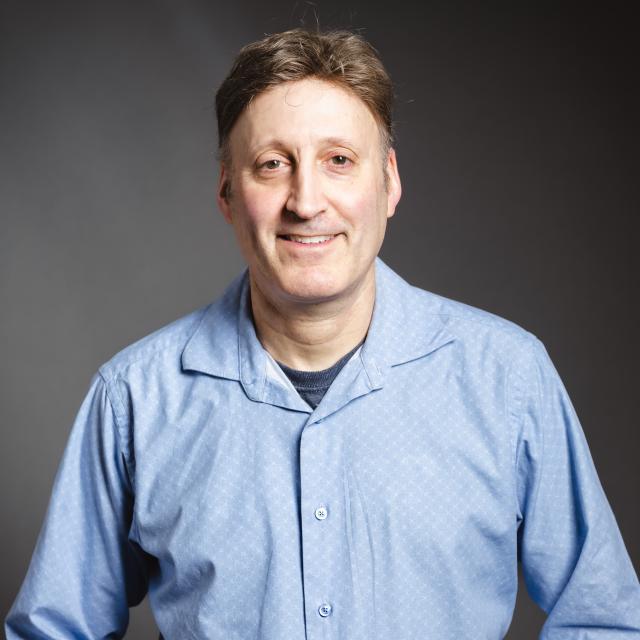My research focuses on the terrestrial carbon sink, and how the effects of land use and land cover change (LULCC), rising CO2 levels, climate change, and air quality like ozone and nitrogen deposition, affect the ability of the land to take up carbon and the associated ecosystem services. About a third of the CO2 emitted to the atmosphere gets taken up by vegetation on the land, in which there is a net sink of photosynthesis over respiration. However, the effects of LULCC are an additional source of CO2 to the atmosphere. I have been developing a version of the Terrestrial Ecosystems Model (TEM) to understand these effects at the continental (conterminous U.S.) and global scale. Two recent papers (Felzer, 2023 and Felzer 2024) explore the effects of land-use legacy on the future terrestrial carbon sink, both with respect to continued current LULCC and future scenarios of LULCC under future emission scenarios.
Recent research with one of my graduate students focused on developing a biogeography module for TEM to explore the persistence of forests in the American West and the potential of transitioning to shrubland or grassland due to climate warming, increased drought, and wildfires by the end of the century (Kodero et al. 2024). Research with another student used the model to assess land-use change in the Lehigh Valley relative to the Bethlehem Climate Action Plan (CAP) with a focus on benefits to lower income communities (Andrade and Felzer 2021).
I am now working with colleague Erwan Monier (UC Davis) on global simulations with a new version of TEM (GDSTEM – Global Dynamical Structural TEM) to contribute to the annual publication of the carbon budget as part of the Trends in the Land Carbon Cycle (TRENDY) model intercomparison project. These models are used to determine the magnitude of the terrestrial carbon sink annually and the uncertainty in the estimates of the emissions due to LULCC. We are also validating the model to a set of global observations using the International Land Model Benchmarking (ILAMB) protocol. The GDSTEM will be part of the annual carbon budget estimate for 2025!
I am also supervising a Postdoctoral Fellow (Richard Sullivan) with Professor Avantika Gori at Rice University. He is studying how Tropical Cylone tracks in the Atlantic depend upon climate variability like El Nino Southern Oscillation (ENSO), changes in the Bermuda High, and the Atlantic Multidecadal Oscillation, with the ultimate goal of looking at the effect on rain and storm surge hazards on the Gulf and Atlantic coasts.
I also have an ongoing air quality project with undergraduate students to use PurpleAir monitors to measure PM2.5 in the Bethlehem area and relate bad air quality events to meteorology and traffic patterns. We are making use of Lehigh's own weather stations on the Asa Packer, Goodman, and Mountaintop campuses to assess the effects of temperature inversions, wind speed, and other meteorological variables on air quality, as well as traffic data from the private company StreetLight.
I am currently looking for an M.S. student to work on one of these three projects: carbon modeling, air quality, or tropical cyclone analysis.


